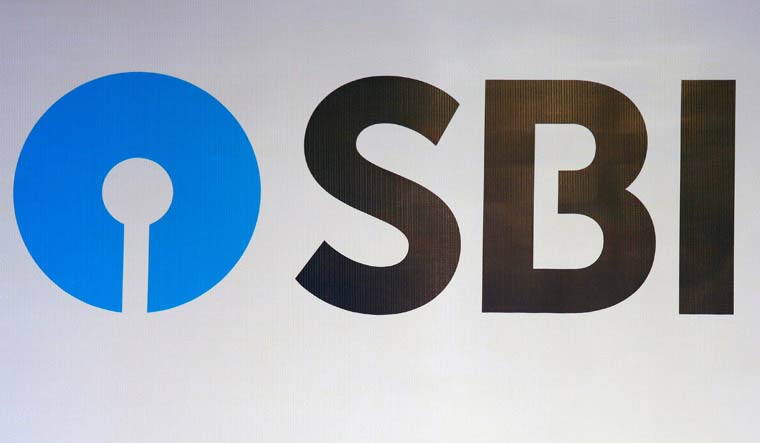State Bank of India on Friday reported 81 per cent jump in quarterly net profit, helped by one-time gains from selling some stake in SBI Life Insurance and drop in provisions for bad loans. The country’s largest lender also saw its non-performing assets fall sharply year-on-year, driving the stock up over 2 per cent, even as the broader market declined.
The state-owned lender’s standalone net profit in the April-June quarter came in at Rs 4,189 crore, compared with Rs 2,312 crore, a year ago. The net interest income for the quarter also surged 16 per cent to Rs 26,642 crore from Rs 22,939 crore.
SBI notified that the earnings included an exceptional gain of Rs 1,539.73 crore on sale of certain portions of investment in the bank’s subsidiary SBI Life Insurance Company.
Meanwhile, the lender’s provisions for non-performing assets came down to Rs 9,420 crore in the first quarter, versus Rs 11,894 crore in the January-March quarter, and Rs 11,648.45 crore, a year ago.
The COVID-19 pandemic has hit the economy and businesses hard, and the expectation is that bad loans across the system will rise.
At least for the June quarter, though, SBI’s gross NPAs declined to 5.44 per cent, from 7.53 per cent; while net NPAs came in at 1.86 per cent, compared with 3.07 per cent it reported a year ago.
“All the key performance indicators, the arrows, where ever they need to go up they are going up and where ever they need to go go down, they are going down,” said Rajnish Kumar, chairman of SBI.
SBI has also seen a 16 per cent growth in deposits, and its total deposit book at the end of June stood at Rs 34.19 lakh crore. On the other hand, its credit growth was at 6.6 per cent in the quarter to Rs 23.86 lakh crore. This was mainly driven by a near 13 per cent growth in retail loans.
“What we see is home loans, auto loans and personal loans, there is a sort of U curve, where April 2020 was a bottom and after that the curve is showing an upward trend. These are early signs, but as of now the trend in regard to sanctions and disbursements in respect of P-segment loans is showing an upward trend,” Kumar said.
As a part of its relief measures In the wake of the COVID-19 crisis, the Reserve Bank of India had announced a moratorium on term loan EMIs (equated monthly instalments), till May 31, 2020, which was later extended to August 31.
SBI has an outstanding term loan book of Rs 16 lakh crore. Out of this, in 90.5 per cent of the loans, two or more EMIs have been serviced, noted Kumar. He is also hopeful that most of the corporates, especially those rated AA and AAA should be able to service their loans from September onwards.
Kumar reiterated that there was no need to extend the moratorium on loans beyond August 31, adding that was also the view from most of the bankers and non-banking finance companies.
Deepak Parekh, the chairman of HDFC, the country’s largest mortgage lender, had urged earlier this week that the RBI should not extend the moratorium beyond August.
Kumar though has warned that the segment comprising small and medium enterprises would have to be watched out very closely for any elevated NPAs going forward.
“The SME and the lower-end of the mid-corporate, that is the segment whereas on June 30, the number is not very large. This is a segment where maximum alert is needed,” he said.
Buoyed by SBI’s strong earnings performance, the shares closed 2.6 per cent higher at Rs 191.45 on Friday. The wider BSE Sensex, however, ended 129 points or 0.3 per cent lower at 37,606.89 points.



